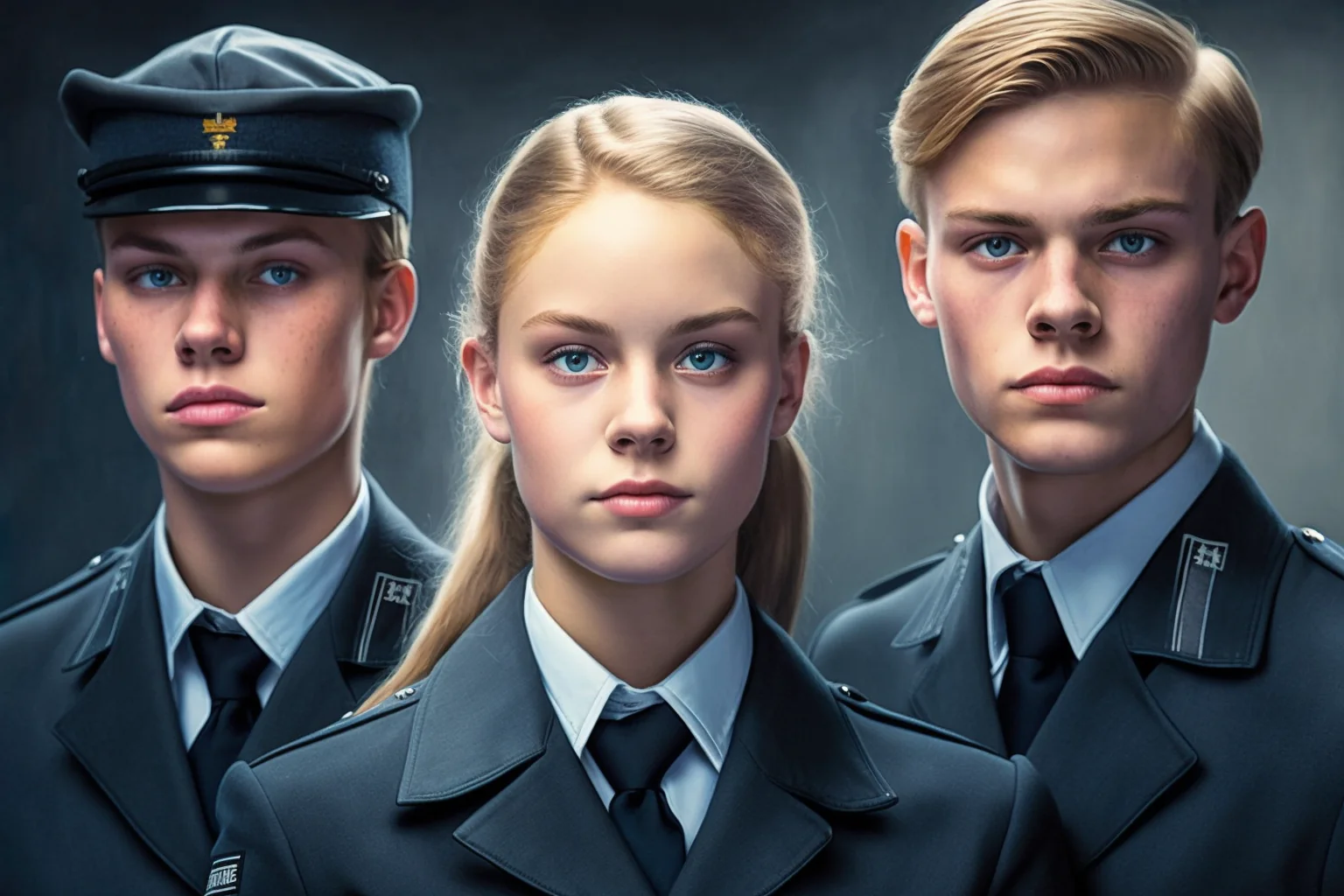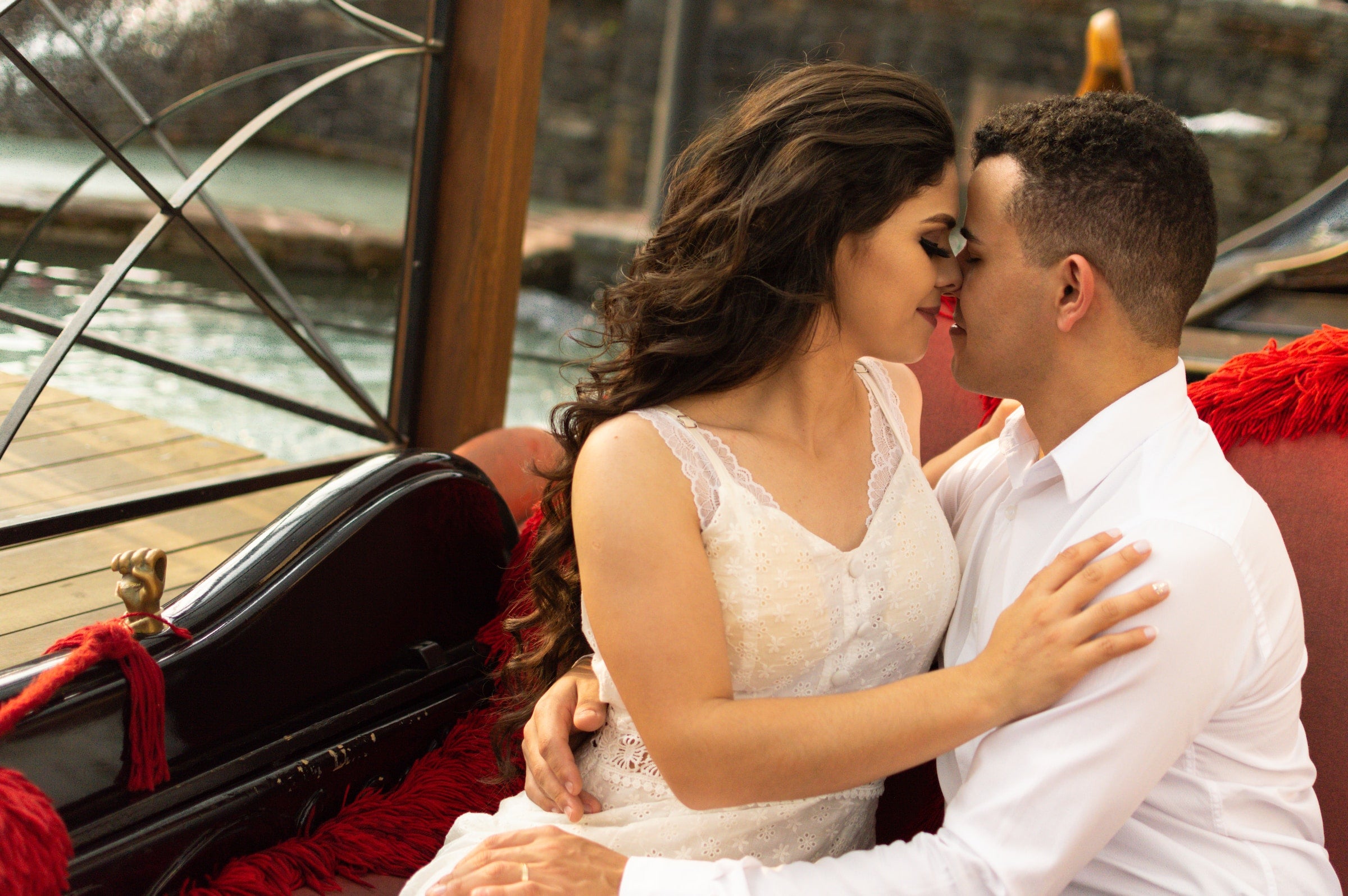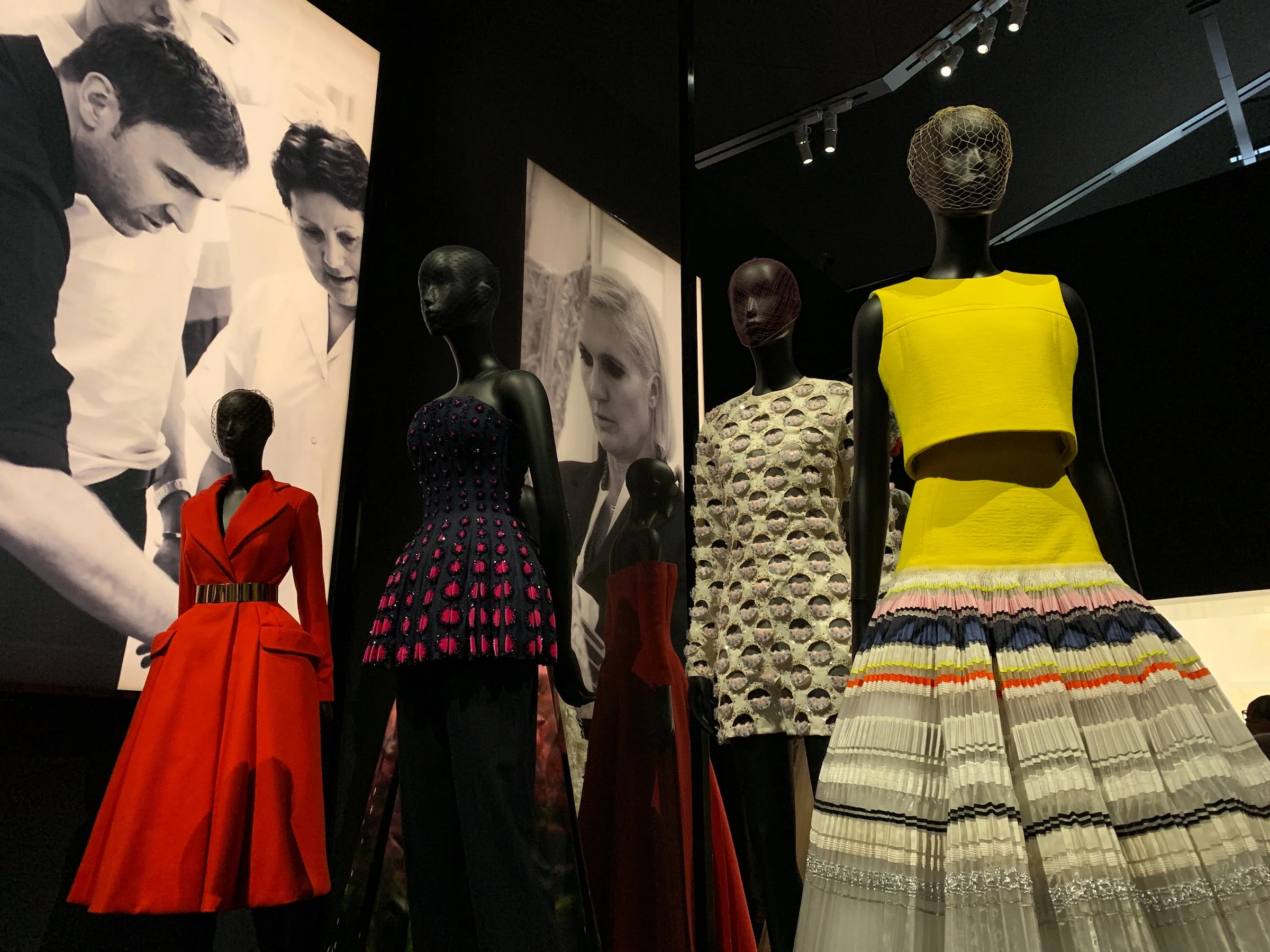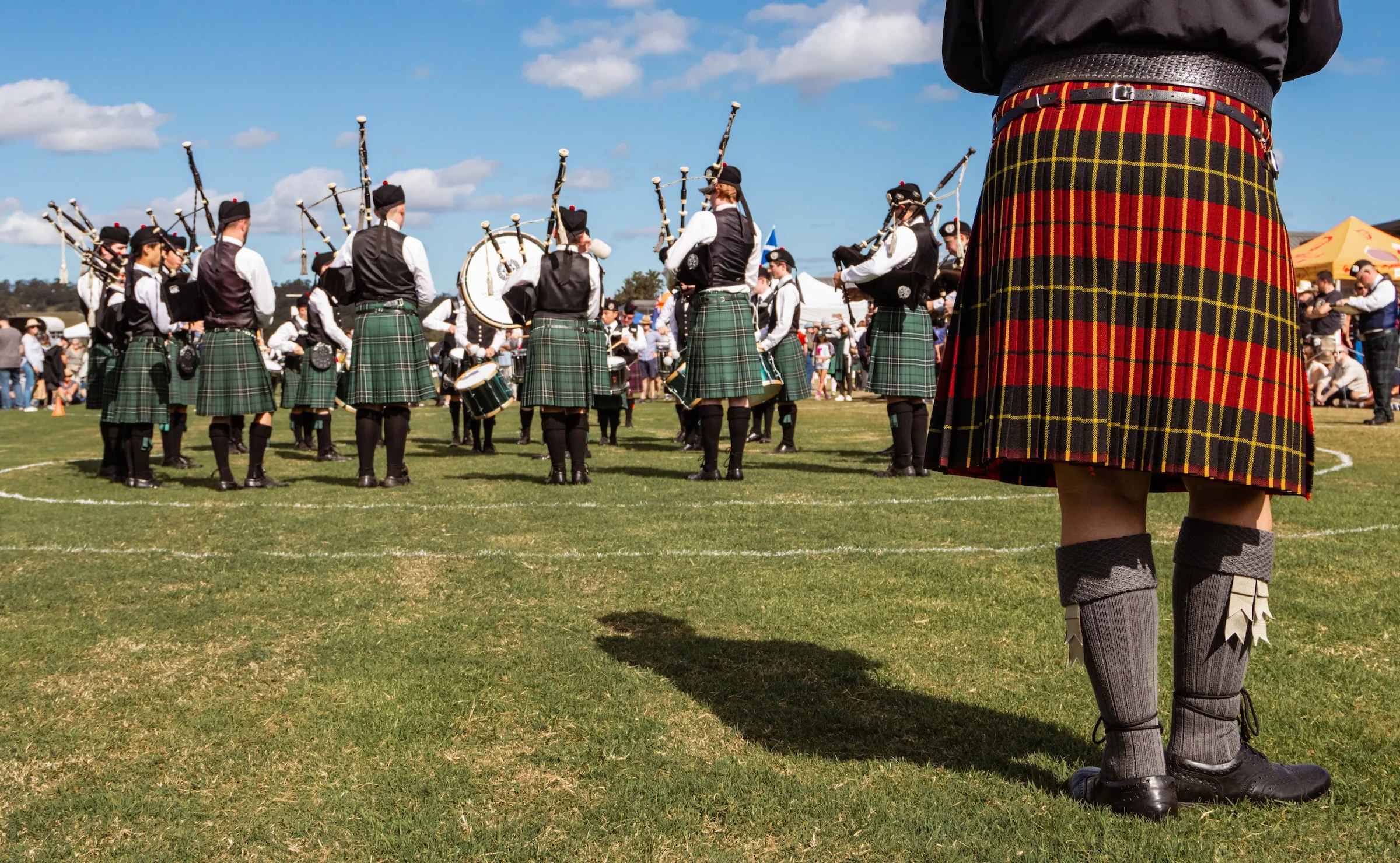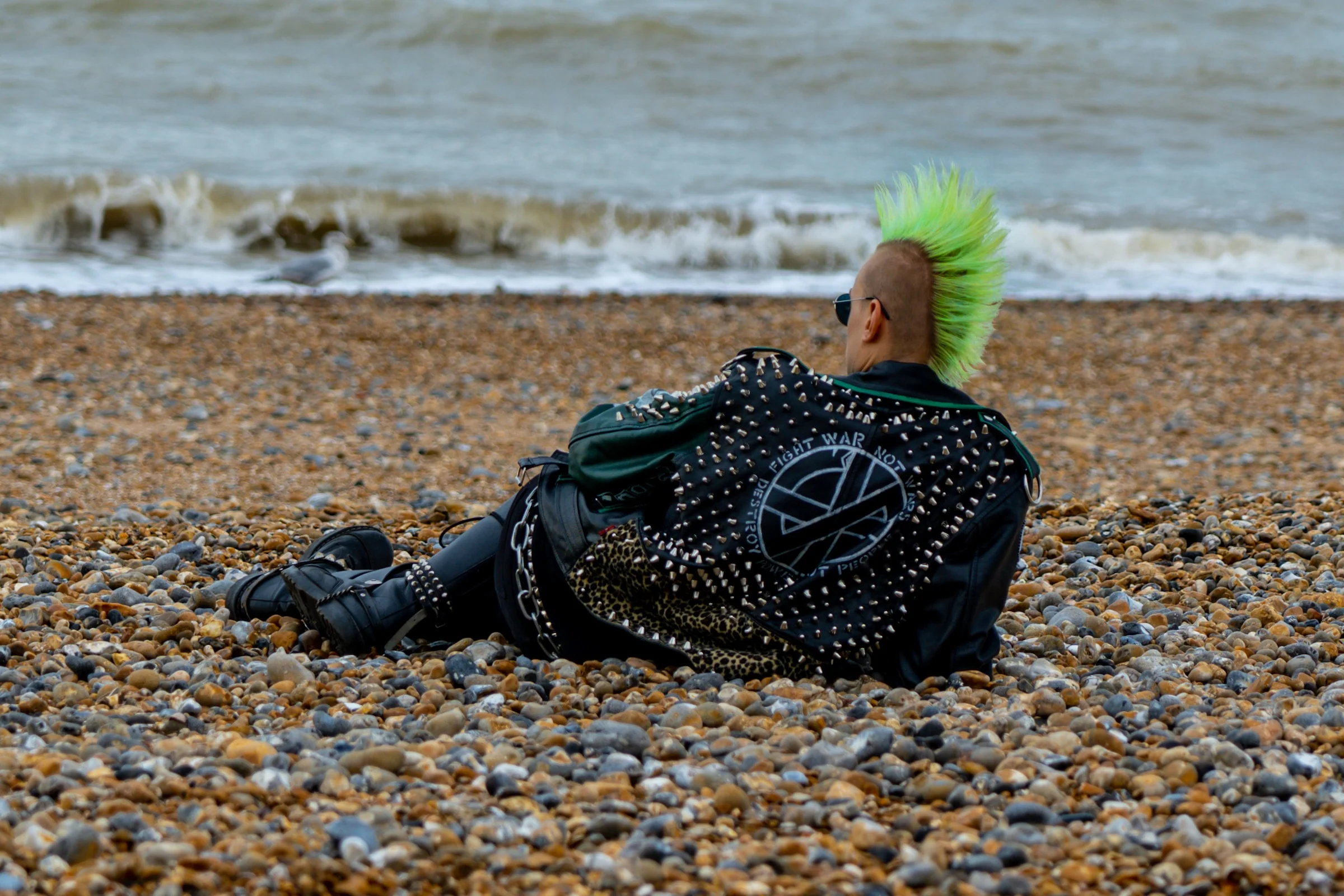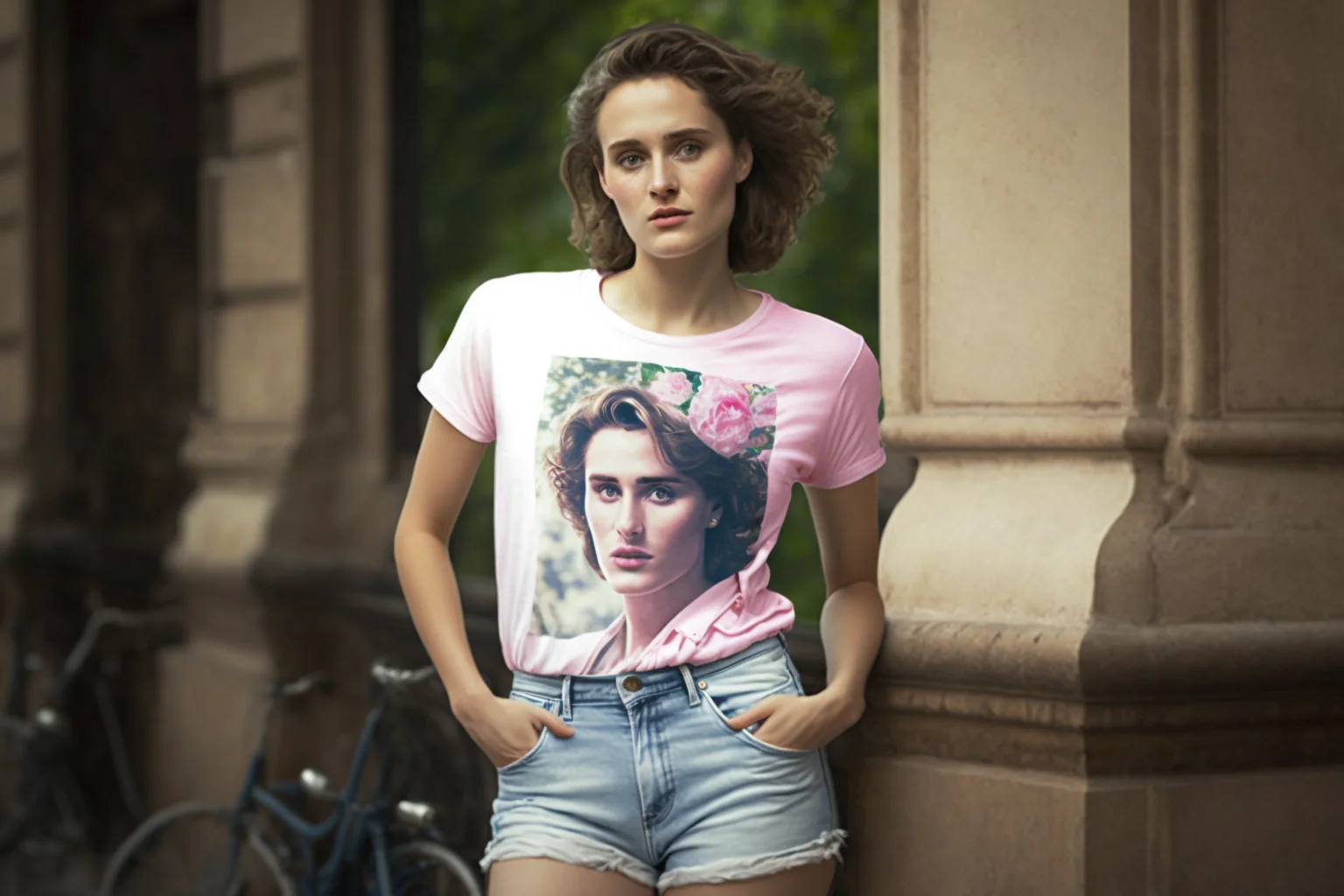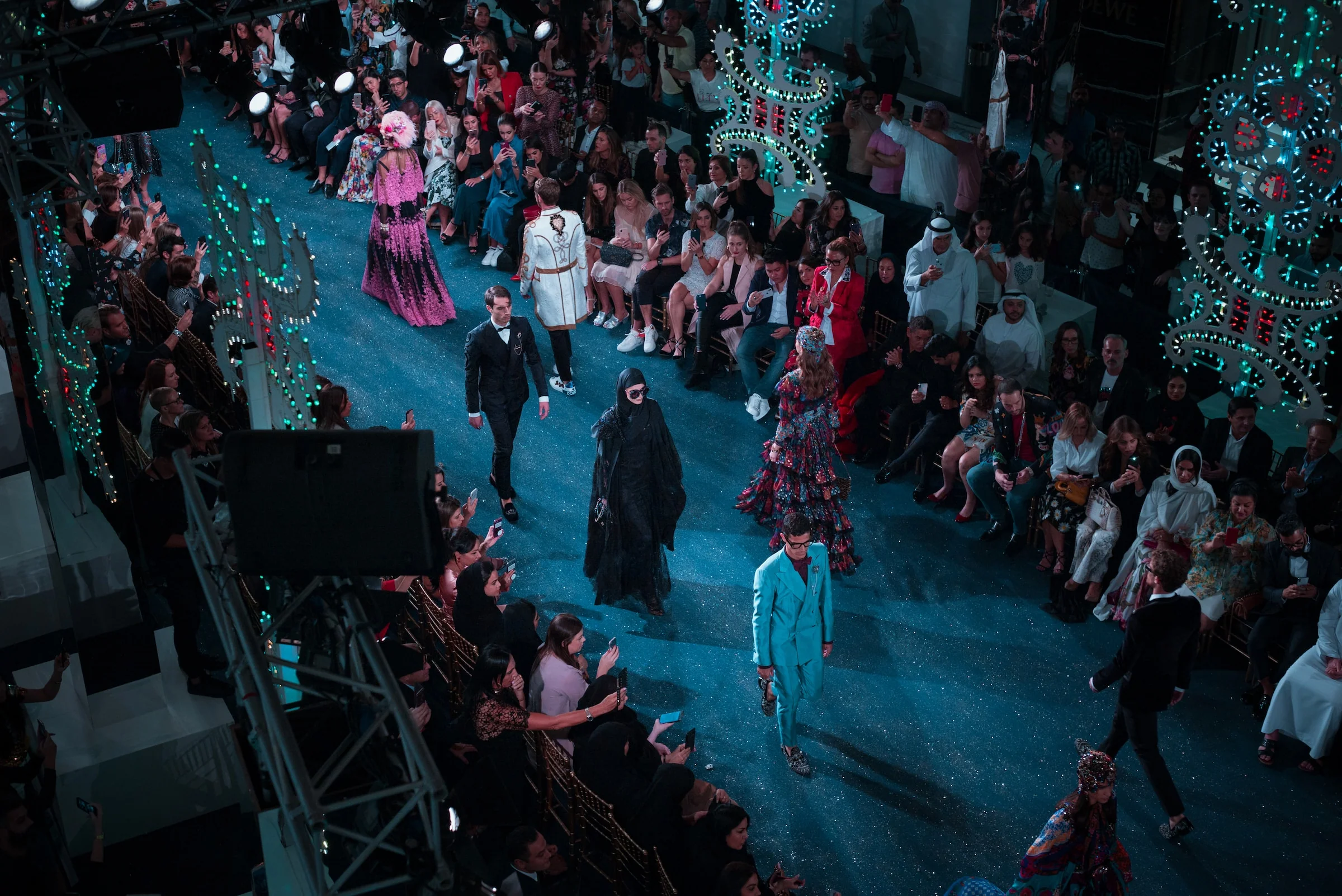Dress codes have been around for centuries. In the past, dress codes were typically used to differentiate classes and social statuses.
But in recent years, the dress code has become much more than that. It is now used to convey a message about professionalism, identity, culture, and even gender roles in many different settings. For example, some companies use logo polo shirts as the dress code.
A dress code is essentially a set of guidelines that dictate what people should wear in certain situations or environments such as schools, workplaces, or special events like weddings.
The rules can range from something simple like requiring men to wear collared shirts and trousers at work to more complex regulations such as prohibiting ripped jeans at school or allowing only traditional Indian attire at an Indian wedding ceremony.
The main goal of any dress code is usually to create a sense of uniformity while still allowing individuals some freedom when it comes to their personal style and preferences.
However, not everyone agrees with the idea of having strict dress codes imposed on them by employers or other organizations which leads us back to the original question: who created these rules?
The answer varies depending on who you ask but generally speaking it’s believed that most modern-day dress codes are established by employers themselves.
With input from government agencies where appropriate (for example workplace health & safety requirements).
Schools also play an important role since they often decide what type of clothing students must wear during school hours.
This could be anything from uniforms right through to smart casual attire depending on the institution’s preference and cultural norms surrounding education in that particular area.
Finally, we can’t forget those who follow existing societal norms when deciding how they want others dressed – anyone from family members hosting gatherings or special occasions such as weddings may suggest certain types of clothes for their guests out of respect for tradition; likewise businesses may require customers adhere to certain standards (such as no revealing clothing) out of respect for other patrons visiting their premises too.
The History of Dress Codes, Laws, And Social Acceptance
Dress codes have been around for centuries, tracing their roots back to the Roman Empire. Although dress codes were first implemented as a way of distinguishing classes and controlling behavior in public places, they eventually evolved into more than just class distinctions. Today, dress codes are used to create an atmosphere of professionalism and can be seen in many workplaces.

The modern concept of dress code originated during the Victorian era when the upper class began using fashion to signify social status. This was especially true among men who would use their clothing as a signifier of wealth and power.
Women’s fashion at this time became increasingly elaborate with gowns featuring intricate detailing such as ruffles, lace trims, and bows. By enforcing certain standards through dress code regulations, society could maintain its strict gender roles while still allowing individuals to express themselves through fashion choices.
Throughout history there have been numerous changes made to what is considered acceptable attire for various settings; however, it has remained clear that clothing can serve both practical purposes as well as expressions of one’s identity or beliefs – whether personal or professional ones – making it an important factor in how we interact with others on a daily basis.
Who Made Dress Codes?
The history of dress codes has been closely tied to the notion of social etiquette since its inception. In particular, as far back as ancient Rome and Greece, clothing was used to distinguish between members of different classes and roles in society. Similarly, during the Middle Ages in Europe, sumptuary laws were enforced that strictly regulated what kind of clothing could be worn by individuals based on their social class or rank.
More recently, beginning around the 17th century when fashion became increasingly popular among all classes of people throughout Europe and North America, clothing was seen as a way to display one’s wealth or station in life. As such, some countries began imposing certain regulations on attire for various public events and occasions; these regulations eventually evolved into today’s modern dress codes.
Today’s formal dress codes are mainly observed at more sophisticated gatherings such as weddings or formal dinners; however, many places like schools also have strict guidelines about what types of clothes can be worn while attending classes or other activities within school grounds. With these rules in place, it is easier for students to understand what is expected from them when it comes time to attend an event or participate in a school activity–allowing everyone involved to feel comfortable with their own style choices without worrying too much about offending others due to cultural differences regarding attire.
A Look at Richard Thompson Ford’s Opinion on Dress Codes
Richard Thompson Ford, a professor of law at Stanford University and the author of “Dress Codes: How The Laws Of Fashion Made History” has an opinion on dress codes that is quite different from many other experts. He views dress codes as being rooted in classism, racism, and sexism; this perspective puts him in direct opposition to those who argue that they are necessary for professionalism or to make people look more attractive.
Ford believes that the idea of dressing up for work can be traced back to when certain groups were seen as better than others due to their clothing choices. For example, he argues that during the Industrial Revolution in Europe, it was assumed that if someone had money then they should dress accordingly–this created a false dichotomy between wealthy workers and poorer ones. As such, dress codes have often been used by employers as a way to maintain social order by perpetuating existing inequalities.
Ford argues that these rules can also reinforce gender roles–for instance, women may be expected to wear skirts while men wear trousers even though there is no real reason why one type of clothing would be more suitable for either gender role than another. This demonstrates how even seemingly innocuous requirements like uniformity can act as subtle reminders about society’s expectations regarding sex and gender expression which may not necessarily reflect everyone’s individual preferences or identity. Richard Thompson Ford provides an interesting view of how historical attitudes toward fashion have shaped our understanding of what constitutes appropriate workplace attire today.
The Purpose of Dress Codes: Why Schools Started Implementing Them
Dress codes have become a fixture in educational institutions for years, with many schools requiring students to adhere to certain standards of clothing and appearance. But why did this practice begin? What was the purpose of school dress codes when they first started appearing?
The primary objective of implementing dress codes in schools is that they can help create a sense of discipline and conformity among students. It’s thought that having everyone wear similar clothes, makes them look more organized and professional while on campus.
This can help foster an atmosphere where learning is the main focus instead of socializing or other activities. Studies have shown that having students wear uniforms can increase their academic performance as well as their self-esteem since they no longer feel the need to “fit in” with others who may be wearing more fashionable attire.
Dress code regulations also provide an opportunity for teachers and administrators to make sure all students have dressed appropriately for class, which helps keep distractions at bay so that lessons won’t be interrupted by someone wearing something inappropriate or revealing.
It also gives educators the chance to enforce rules against gang symbols or clothing associated with violence or hate speech which could potentially lead to fights between groups of children if allowed on campus unchecked.
Having specific guidelines regarding what constitutes acceptable attire provides clarity so there will not be any confusion over what type of clothing should not be worn during classes or school events.
The Evolution of School Dress Codes Over Time
For generations, school dress codes have been a source of debate and contention between students and administrations. As times have changed, so too has the nature of the expectations for what is appropriate attire in an educational setting. The first school dress code was enacted by Puritan settlers in Colonial America who had strict rules on how their children should dress; these rules were designed to prevent vanity or showiness among young people. In the late 19th century, stricter regulations began to be enforced with some schools requiring uniforms while others adopted more lenient policies that simply specified basic standards such as the length of skirts or trousers, neckline depth, and sleeve length.
The 20th century saw further changes in school dress codes due to technological advancements which allowed for new forms of expression through clothing; this period also witnessed a rise in social unrest as youth challenged established norms around gender roles and fashion. Consequently, many schools took steps to regulate what could be worn on campus but still allow students freedom within certain parameters when it came to individual style choices – often mandating collared shirts or blouses combined with slacks or skirts below a certain length paired with closed-toe shoes.
In recent years there has been an increased focus on body image issues among young people which has caused many schools to reexamine their current policies regarding student attire – particularly when it comes to girls’ clothing being overly revealing or suggestive in nature; some institutions are now emphasizing ‘modest dressing’ while others are introducing flexible guidelines allowing greater leeway when it comes to personal preferences like color combinations or type of fabric used. Other progressive measures such as gender-neutral clothing options are being considered by administrators aiming towards creating a more inclusive environment for all learners regardless of identity markers like gender presentation.
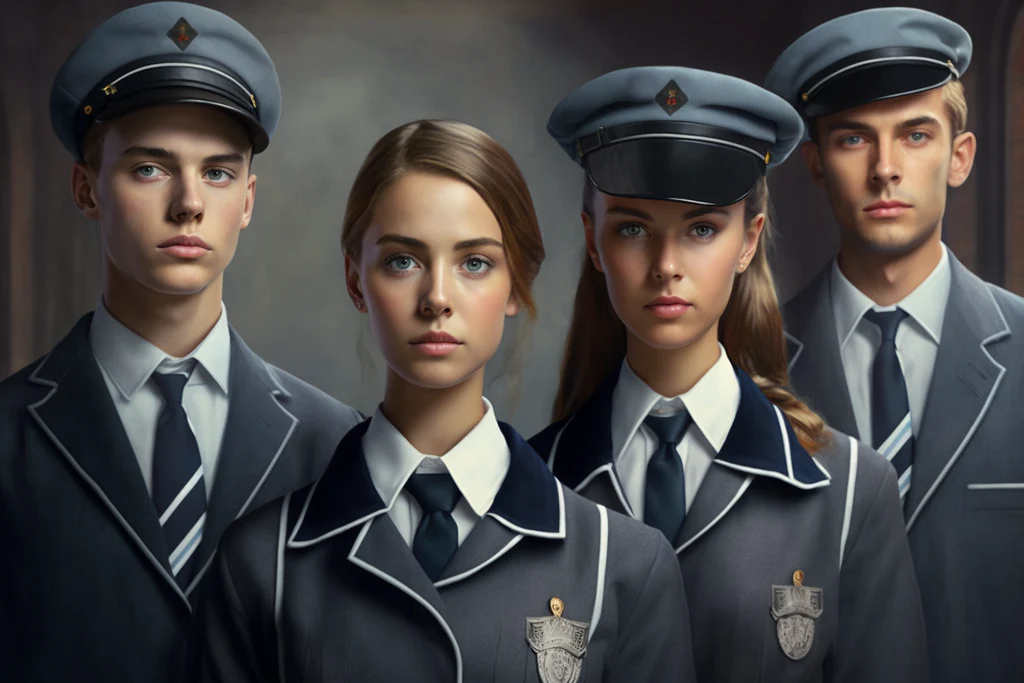
Student Perspectives: How Dress Codes Affect Students
For many students, dress codes can feel like an infringement of their rights to self-expression. After all, clothing choices are often a way for young people to express themselves and explore different identities. But when a school’s dress code limits what they can wear, it can be difficult for some teenagers to find ways to make statements about who they are without running afoul of the rules.
Dress codes also create disparities in how boys and girls are treated in school settings. Girls may be expected to adhere more strictly to certain rules than boys–or even face harsher punishments for infractions–which could lead them to feel singled out or judged unfairly. Meanwhile, certain types of clothing that might not be considered appropriate for girls may still remain acceptable to boys–a double standard that perpetuates gender inequality from an early age.
These issues illustrate why it’s so important for schools to approach dress codes thoughtfully and fairly, taking into account both safety concerns as well as each student’s right to personal expression. When done properly, having clear guidelines around attire can help ensure that everyone feels safe and respected in the learning environment while still allowing students freedom of choice when deciding what clothes best reflect their identity and values.
What to Wear: Understanding the Rules of School Dress Codes
When it comes to school dress codes, there are certain guidelines that need to be followed. Each school district has its own rules and regulations when it comes to what students should wear, but the underlying principles remain the same – no clothing that is disruptive or suggestive in any way. It’s important for students to know these rules so they can dress appropriately for class each day.
One of the key aspects of a school dress code is modesty. This means avoiding clothes that are too tight or revealing in any way. Tank tops, short skirts, and shorts may not be allowed depending on the length set by your particular school district; if you’re unsure about what’s appropriate, err on the side of caution and stick with longer-length items like jeans or khakis instead. Shirts with offensive language or graphics should never be worn as part of a student’s outfit either – even if they don’t realize it could potentially offend someone else at first glance.

Footwear also plays an important role in following a school dress code; closed-toe shoes such as sneakers must always be worn since open-toed sandals pose both a safety hazard (especially during physical activities) and are often against many schools’ policies too.
In addition to this rule though, some districts also prohibit shoes with wheels attached such as roller skates due to potential disruption during classes or assemblies – so make sure you check before buying them for yourself or your child!
The Role of Dress Codes in Schools and Society
The role of dress codes in schools and society is an important one, particularly when it comes to creating a respectful learning environment. With the implementation of school uniforms or specific clothing requirements for students, educators can foster an atmosphere that is conducive to education. These guidelines can provide clear boundaries for behavior expectations among students and staff members alike.
Dress codes also have implications beyond the walls of educational institutions; they play a significant part in shaping our culture’s views on acceptable attire. From offices to social gatherings, standards have been set as to what is deemed appropriate attire in different contexts. As such, dress codes are reflective of societal values and norms – they serve as reminders of which looks are considered fashionable at any given moment in time.
Certain types of clothing may signify a particular lifestyle or belief system; religious apparel is one example that immediately comes to mind. By adhering to dress code regulations within public spaces like schools and workplaces, individuals are able to practice their beliefs while respecting others’ right not to be exposed unnecessarily exposed to them through clothing choices.
To Wrap It Up
Well, it’s clear that the history of dress codes is as old as clothing itself. From the reserved styles of nobility in medieval societies structured by social hierarchy to the power of fashion and dress captured by figures like the Florentine patriarch Cosimo de Medici, what we wear has always been a symbol of status and spectacle.

The idea of a new dress code emerged in school systems, where enforcing a dress code was seen as a way to limit student expression and maintain a disciplined school environment. Written rules about what to wear, like a suit and tie, were put in place and those who didn’t comply could be considered public enemies, just like butchers’ wives wearing gem-encrusted crowns were in medieval times.
Even today, dress codes can be a contentious issue, with some arguing that they limit individuality and others arguing that they set the tone for professional dress.
Women wearing fashionable dresses or high heels face ridicule in the tech world. Baggy zoot suits favored by black and Latino men caused riots in cities from coast to coast, highlighting the social and cultural issues at play in choosing what to wear. In short, the evolution of dress codes has been shaped by social hierarchy, cultural issues, and race relations, and it will likely continue to be a topic of debate for years to come.
Questions & Answers
Who came up with the idea of dress codes?
Dress codes have been around for centuries and have been influenced by various factors such as fashion and social status. Some say that patriarch Cosimo de Medici captured the power of fashion and used it to establish his social hierarchy, while others point to medieval societies where gem-encrusted crowns were reserved for the nobility.
What is the history behind dress code rules in schools?
School dress codes have been a topic of controversy for decades. School boards across the United States have implemented dress requirements in an attempt to create a more structured learning environment. However, dress code rules have also been criticized for being biased against certain groups of students, such as those with tattoos or who refuse to wear a suit and tie. In some cases, students have even been punished for wearing sagging pants.
Who decided that certain clothing items would be considered a status symbol?
Throughout history, certain clothing items have been used to denote social status. For example, in medieval societies, wearing gem-encrusted crowns was a sign of nobility, while ballooning pants called “trunk hose” were worn by princes. Today, even Silicon Valley CEOs wear t-shirts to signify their status. The idea of clothing as a status symbol has been defined by the spectacle, and the power of fashion has been used to establish a social hierarchy. However, certain clothing items, such as form-fitting dresses worn by free-spirited flappers, were banned in workplaces throughout the United States, highlighting the ongoing tension between self-expression and professional attire.





